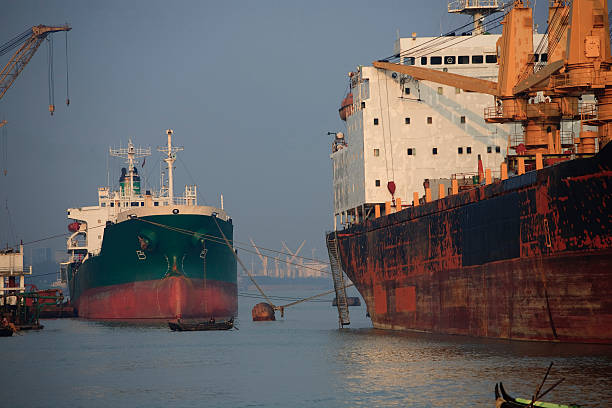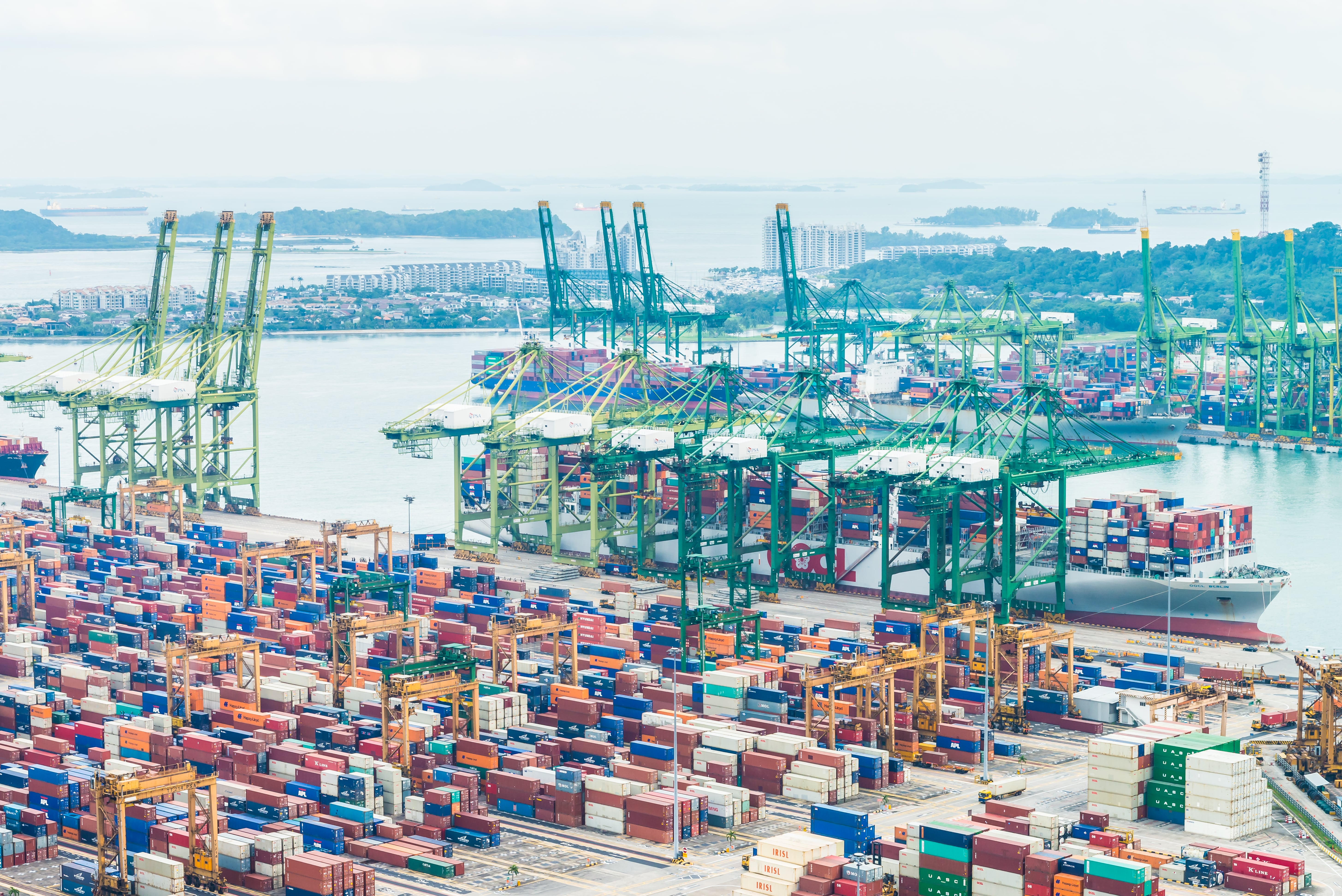Bangladesh’s export success has long been driven by the ready-made garment (RMG) industry, which accounts for more than 80 percent of total export earnings. With LDC graduation approaching in 2026, the urgency to diversify exports has never been greater. The real opportunity lies in empowering small and medium enterprises (SMEs), the backbone of Bangladesh’s industrial ecosystem, representing 90 percent of manufacturing units and contributing nearly half of total industrial value addition.
High-potential sectors such as leather goods, agro-processing, light engineering, and pharmaceuticals are already SME-led, yet their participation in export markets remains limited. While access to finance remains a recurring challenge, capital alone will not deliver export competitiveness. What SMEs lack most is capacity: skilled talent, product innovation, design capability, certification readiness, and market intelligence.
To shift from dependency to diversification, Bangladesh must reorient policy and financing. A development-focused credit model where banks link loans to structured capacity-building programs can help SMEs scale from subcontracting to brand-driven global suppliers. Targeted upskilling in areas like food safety, technical engineering, and product design will enable firms to meet post-LDC compliance and quality demands.
Strengthening skills, not increasing subsidies, is the true catalyst for export resilience beyond RMG and the key to securing a diversified, future-ready economy.
Source: https://www.thedailystar.net/business/column/news/skills-smes-diversify-exports-4009301











